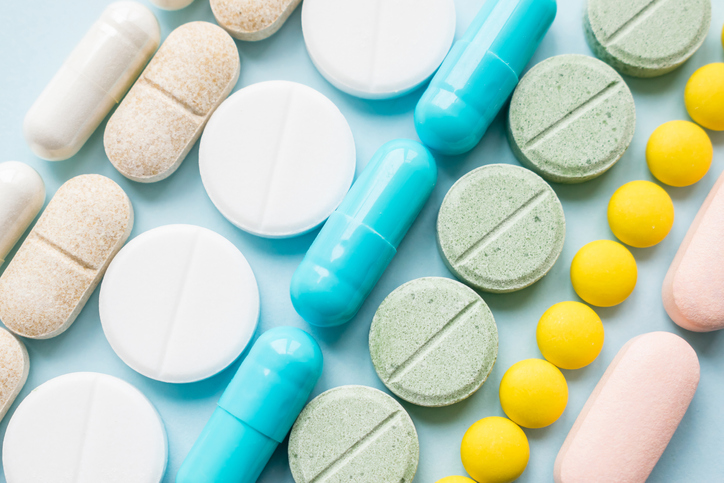Living with Chronic Pain
Problems With the Cost of Generic Drugs in the United States

There are shortages of many essential drugs in the United States. This includes digoxin, albuterol, lidocaine, amoxicillin, and over 300 other drugs that are no longer protected by patents. Although this is not a new issue, the extent of the shortages has worsened, with over 15 essential drugs being in low supply for over a decade.
Why are there shortages in generic drugs?
The main issue can be explained by the capitalization of pharmaceutical products. Brand-name drugs, which are more expensive to the consumer, offer additional financial profits to the manufacturers. Lower-cost generics, on the other hand, are less profitable.
How does a drug become generic?
A drug becomes generic once its patent expires, which is approximately 20 years after the government awards the patent. This allows other companies to begin manufacturing identical products. A manufacturer’s profit depends on the cost to manufacture the drug. The low-profit margins typically drive manufacturers to cost-cutting measures that will poorly impact the quality and supply of the drug.
Struggles
The resulting shortages lead to medication errors, delays in treatment, and even death in certain circumstances. The ability to safely access low-cost medications can be life-saving for some people, and safe medical treatment should be accessible to those who need it.
Potential solutions
California’s solution to shortages of generic drugs was to pass a law in 2020 which allowed the state to produce generic drugs through domestic manufacturers. Individuals in California are now obtaining low-cost insulin from a company in Utah due to this law. Following California’s example could help the U.S. combat drug shortages and high drug prices.
Additional sources: Stat News and The National Academy for State Health Policy


















